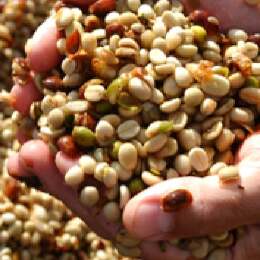- Register for an account to create your own wish list.
- Find an item you'd like to add and click the "Add to Wish List" button.
- Find your Wish List on your profile.
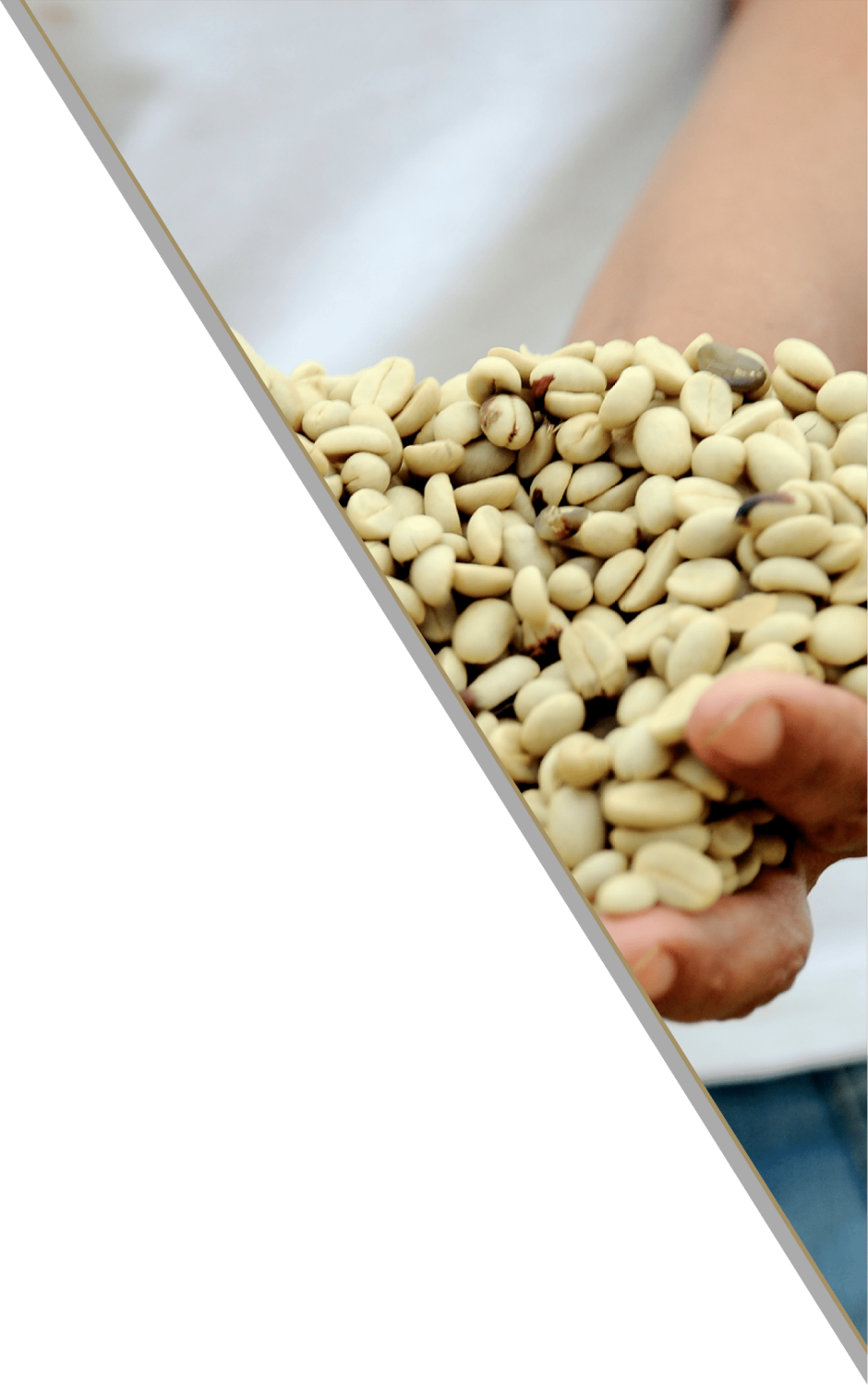
2
THE PRODUCTION
COFFEE COMES FROM A FRUIT: THE CHERRY
The fruit of the coffee plant, the ”drupe”, often referred to as the coffee. . As it matures it changes from green to a bright red or yellow. The skin of the cherry is shiny and thick, while its pulp is tender and sugary. Inside the cherry, the seeds (future coffee beans) are covered with mucilage – a slimy, sugary layer – and two membranes, one thicker than the other: the silver skin and the parchment.
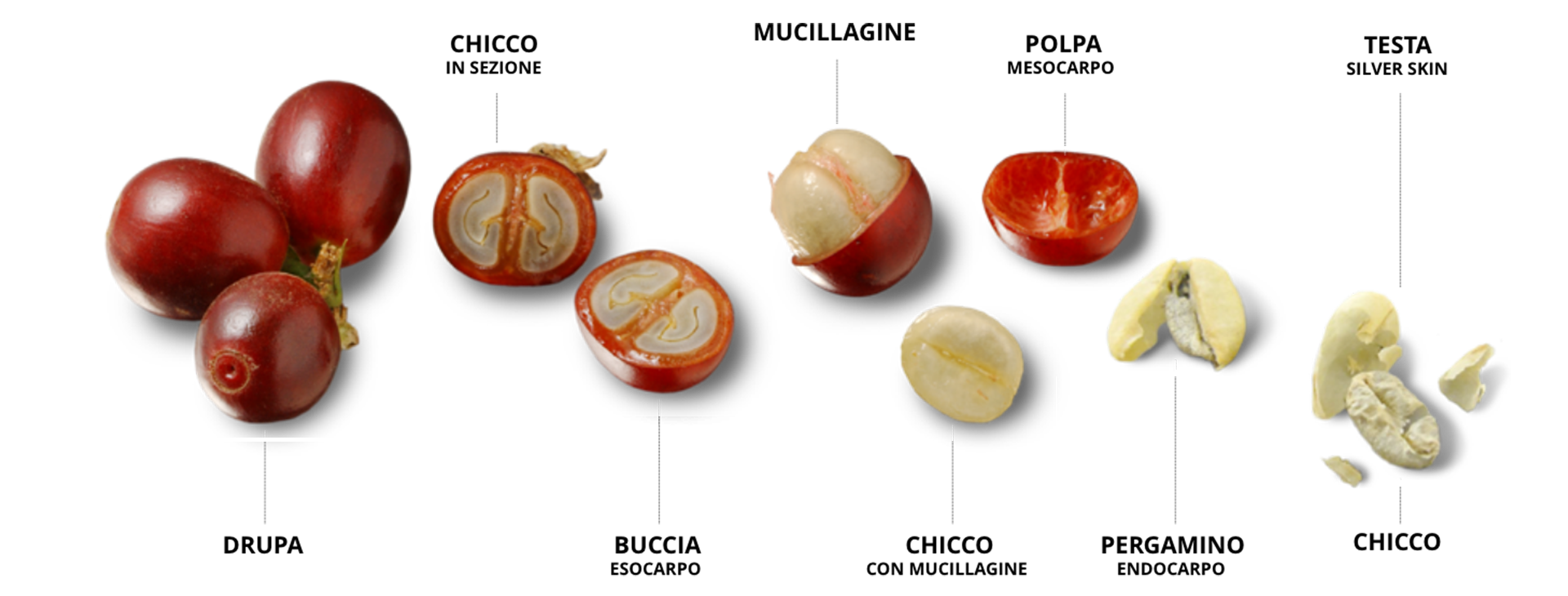
THE HARVESTING AND SELECTION PROCESS
The fruit harvesting phase is a crucial moment that defines our final coffee quality. . The timing of the fruit ripening is quite different and determined by amounts of rainfall. Within the same plant, we can find unripe, ripe, and overripe fruits. For this reason, harvesting is a very delicate process.
- The most traditional method is the manual one, also called picking, in which only the ripe cherrys are selected by hand.
- Stripping is the method by which all the fruits on a single branch are harvested regardless of ripeness.
- It is also possible to harvest cherrys mechanically, using shaking machines that can only operate on flat land such as in the Cerrado Mineiro region in Brazil.
FROM THE CHERRY TO THE BEAN
Once the harvesting phase is complete, we proceed with processing to eliminate the pulp and mucilage of the cherry, to yield green coffee beans. There are two main processing categories, and both must begin on the same day as the harvesting.
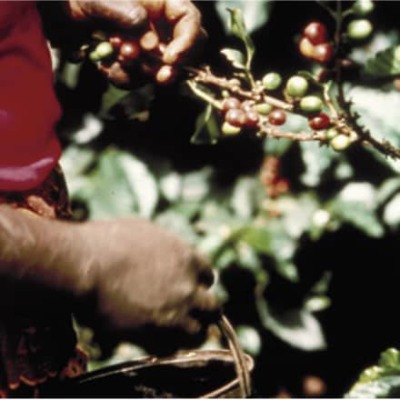
PICKING

The most traditional method is the manual one, also called picking, in which only the ripe drupes are selected by hand.
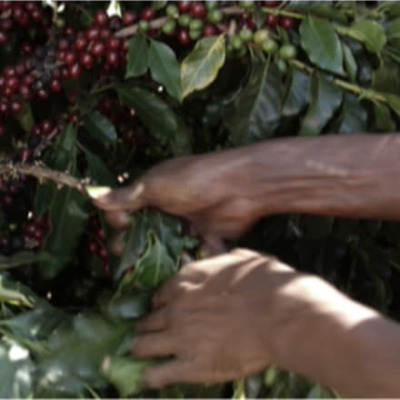
STRIPPING

Stripping is the method by which all the fruits present on a single branch are shucked.
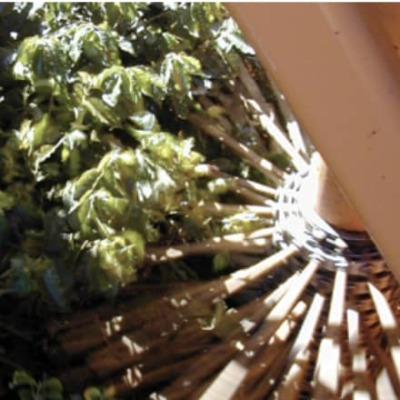
MECHANICAL HARVEST
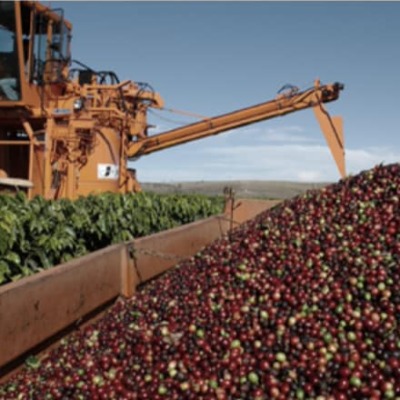
It is possible to harvest the drupes mechanically, using shaking machines operating only on flat land such as in the Cerrado Mineiro in Brazil.



